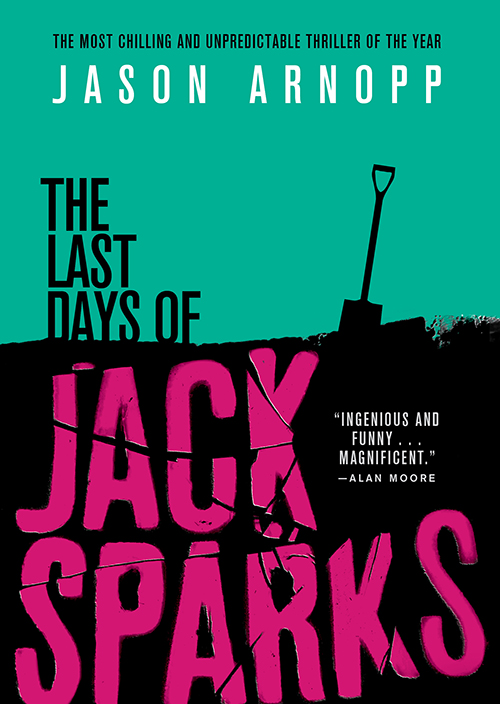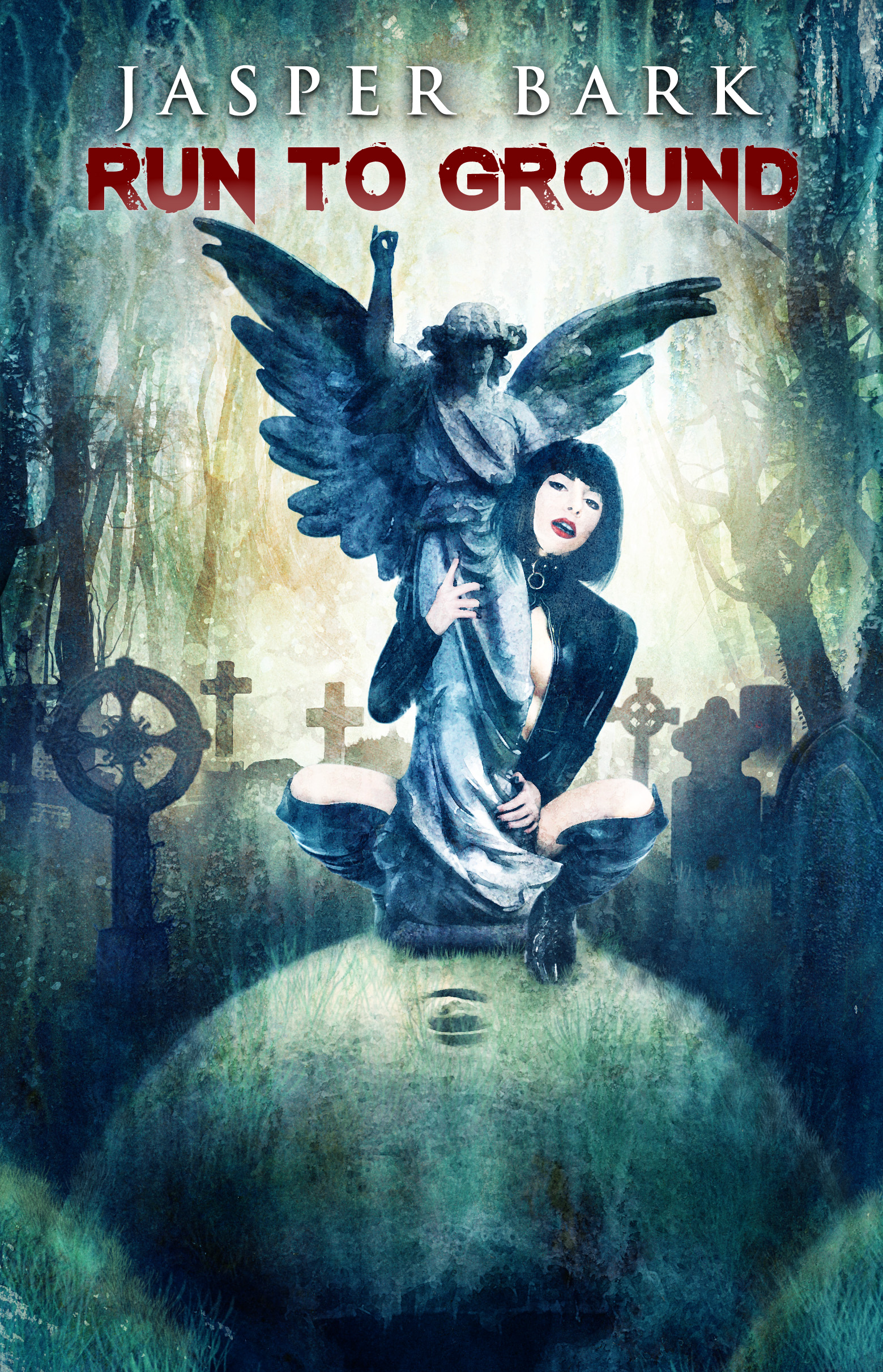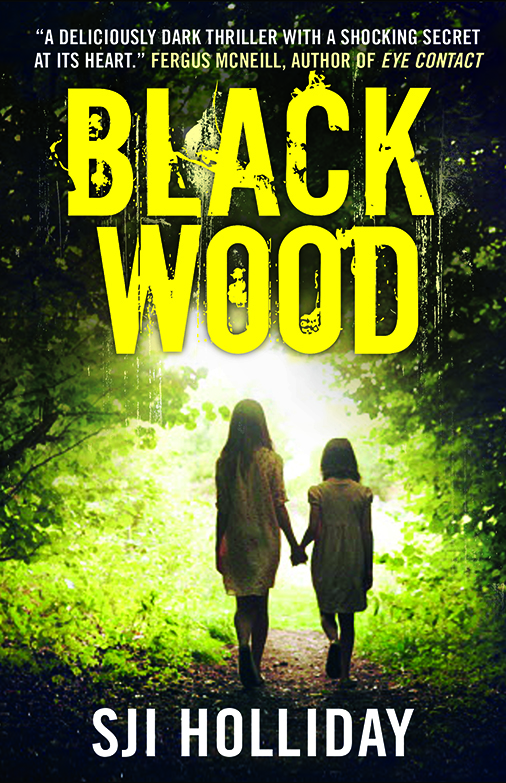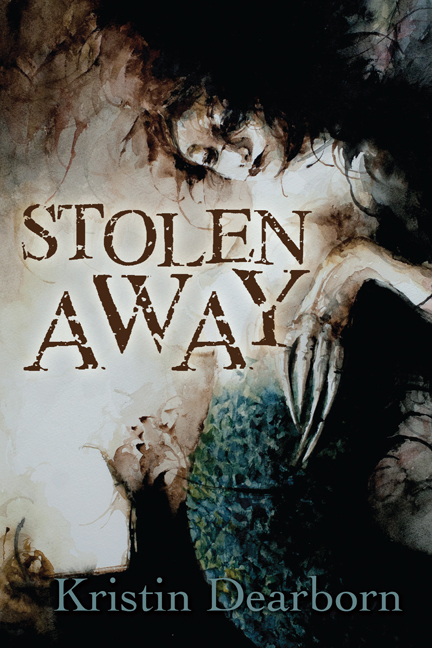This week on The Scariest Part, my guest is Jason Arnopp, whose new novel is The Last Days of Jack Sparks. In the interest of full disclosure, I should mention that I read the novel in manuscript form back in March and really liked it. I think you’ll like it, too. Here is the publisher’s description:
Jack Sparks died while writing this book. This is the account of his final days.
In 2014, Jack Sparks — the controversial pop culture journalist — died in mysterious circumstances.
To his fans, Jack was a fearless rebel; to his detractors, he was a talentless hack. Either way, his death came as a shock to everyone.
It was no secret that Jack had been researching the occult for his new book. He’d already triggered a furious Twitter storm by mocking an exorcism he witnessed in rural Italy.
Then there was that video: thirty-six seconds of chilling footage that Jack repeatedly claimed was not of his making, yet was posted from his own YouTube account.
Nobody knew what happened to Jack in the days that followed — until now. This book, compiled from the files found after his death, reveals the chilling details of Jack’s final hours.
And now, let’s hear what the scariest part was for Jason Arnopp:
The Last Days Of Jack Sparks involves exorcisms (two of them, no less), a creepy YouTube video and generally supernatural shenanigans. You’d think that one of these malevolent elements would have sent the biggest shiver rocketing up my spine while I put the novel together, right?
But no. Aside from the fact that I wouldn’t want to describe the book’s creepiest moments too much (a ghost train becomes less frightening when you’ve had the contents detailed up front), the scariest part was most certainly structure, in one specific segment of the book.
If you’ve read the novel, you might be forgiven for thinking that the beginning and end would have been the scariest parts to get right, for one particular reason that would be spoilerific to detail here.
But no again. The scariest part was the middle.
Middles can be the very epitome of evil.
Like a fair few writers, I have what I believe to be a healthy distrust of structure. Or at least, that whole overly prescriptive structure thing. The Robert McKee thing: the hero absolutely must develop a phobia of geese on page 79 and all that stuff. Rightly or wrongly, I worry that such rituals could shut your mind off to great possibilities.
I do think in terms of three (or sometimes five) acts when planning a story as a whole, but beyond establishing some kind of skeletal, tent-pole structure, I prefer to roll up my sleeves and work out the rest as I go. This can make life extremely hard for me, but it feels as much a necessity as a choice. For one thing, I find it difficult to fully explore my characters’ heads while initially gazing down at the grand overview. I can only truly achieve this feat of imagination down at ground level, while chipping away at the coal face.
When I hit big problems along the way, that’s when I resort to structure. So I think of real, clinical structure as my fall-back plan, like some kind of rescue service. Scaffolding that I can apply to a crumbling or otherwise messed-up house. And at one stage, Act Two of The Last Days Of Jack Sparks sorely needed scaffolding.
Each story has three acts. Each act has three acts, and so on, until you’re looking at the beginning, middle and end of each scene, or even the beginning, middle and end of each sentence. I didn’t quite drill down that far, but something had to be done. It felt vital for Act Two to reach a big climax. This had to be in terms of character, as well as a major incident. I wanted this act to be a pressure cooker. Various cords that intertwine, while snaking their way towards one dynamite plunger. I often like to think about middles as endings: it’s always exciting when a story develops faster than the reader expects. But at this point, the structure just wasn’t getting us there. Act Two’s climax didn’t feel earned and the whole middle section didn’t feel right.
When a whole third of your novel feels wrong, trust me, that’s about as scary as it gets.
I felt certain that the content was pretty much okay, but the order of events was wrong. I pulled out some index cards — another sure sign that I’m getting desperate — and devoted each one to a scene. Then I stuck them up on the only wall in my study that isn’t covered with old shelved VHS movies (don’t ask). In fact, it was a window.
I tried so many combinations of those damn cards, it was like playing solitaire. Those cards went up on that window in three acts, five acts, 277 acts, whatever might work. They were colour coded to denote the various threads, as I searched for the perfect order of events. The order that would reflect both the internal and external lives of my arrogant celebrity journalist Jack Sparks. The order that kept the story motoring along. The order that would continue to deliver unnerving moments as evenly as possible (to this end, I stuck dayglow ‘scare stars’ on the appropriate scene cards).
After many dark nights of the soul, the cards finally clunked into place like the wheels inside a safe. Some rewriting was required, but that was a small price to pay. When faced with the terror of something not working, you’ll fly to the moon to make it right. And when Act Two finally seemed to work in terms of character, pacing and the fear factor, all the angst was worthwhile.
So, yes, middles can be evil, but every book throws up its own problems. In my second novel for Orbit Books, currently in development, the biggest issue is Act One being too long. My task is to boil it down, while not throwing any babies out with the bath water. You never can know what kind of fire any given book will require you to fight.
When you do hit a roadblock with your writing, it’s great to know that there’s a scientific rescue team on stand-by to ease your fear and dread. One that’s always primed to pull up outside your study with a truck load of scaffolding, index cards and neat gin.
Oh, did I not mention all the gin?
Jason Arnopp: Website / Facebook / Twitter
The Last Days of Jack Sparks: Amazon / Barnes & Noble / Powell’s / IndieBound
Jason Arnopp is a British author and scriptwriter. His background is in journalism: he has worked on magazines such as Heat, Q, The Word, Kerrang!, SFX and Doctor Who Magazine. He has written comedy for BBC Radio 4 and official tie-in fiction for Doctor Who and Friday the 13th, but The Last Days of Jack Sparks is the first novel which is entirely Jason’s own fault (though some may prefer to lay the blame on Jack…).





